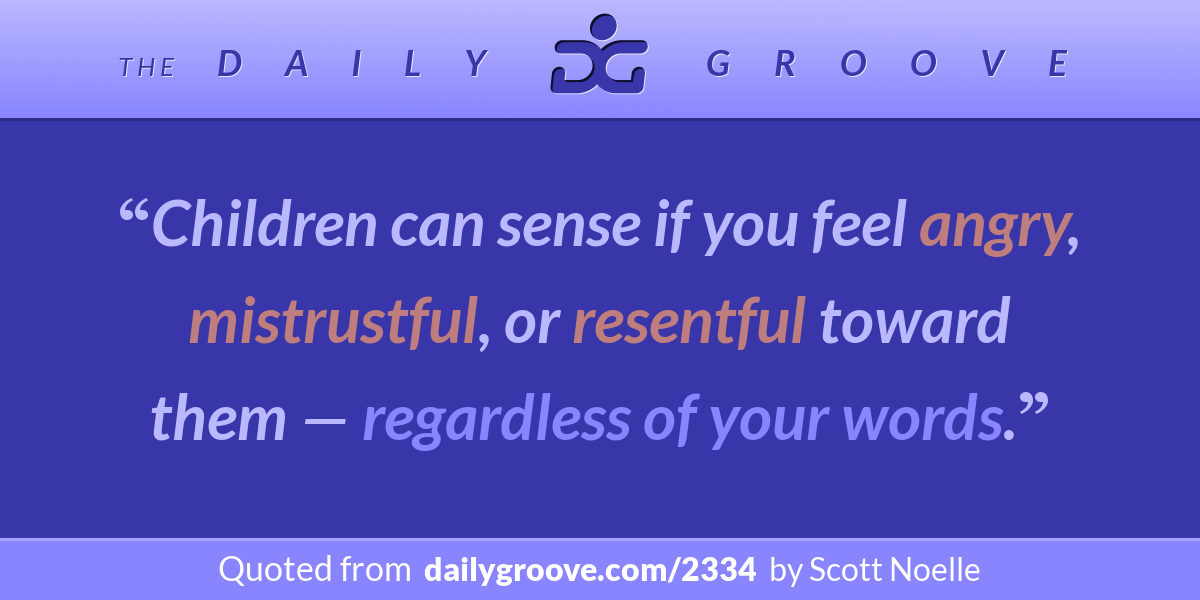Danger Isn’t Wrong
A: The word “wrong” has multiple meanings, and my post had to do with the moral meaning, where “wrong” equates to bad, evil, immoral, despicable, etc. Moral judgments tend to erode the harmony between and within people. The word can also have a morally neutral meaning, akin to mistaken, erroneous, off-track, etc. In that sense, “wrong” is merely descriptive and implies a problem to be solved, not a crime to be punished.
Since the same word is used for both meanings, they tend to get mixed up. If you tell someone they’re wrong (or their behavior is wrong), they will usually feel judged, even if you only meant that they had made an innocent mistake. It may help to use a word like “mistake” instead of “wrong,” or interject a light-hearted “Oops!” But the deeper solution is to be aware of your own emotional state and make sure it’s positive before you correct someone, because people (especially children) can sense if you feel angry, mistrustful, or resentful toward them — regardless of your words.
Children instinctively know that pain is an indicator of something gone awry. Allowing them to take risks that result in minor injuries (bruises, scraped knees, etc.) helps them cultivate awareness of what causes injuries, so they can better avoid behavior that’s too risky. That’s why over-protectiveness is dangerous in the long run. The challenge for parents is knowing where to draw the line.
If your daughter running with scissors is over the line for you, then simply teach her how to handle scissors correctly, and remember that learning new habits takes time and requires patience. If you try to accelerate the process by using a harsh or disapproving tone, you’ll inadvertently train her to focus on her emotional safety rather than her physical safety.
The best way for anyone to maintain personal safety is to cultivate a keen awareness of their surroundings, their body, and certain hidden dangers (e.g. a frozen, snow-covered pond that looks like solid ground). As a parent, you can elicit this awareness in your child through modeling and matter-of-fact sharing of information. Also, try to communicate about safety in a way that conveys confidence in your child’s capacity for self-preservation. If you say, “Don’t go on the pond; you’re gonna break the ice and drown!” it’s like you expect her to get hurt. Just share the information: “I think the ice might not be strong enough to hold us up; let’s test the strength of the ice before we step out there.”




